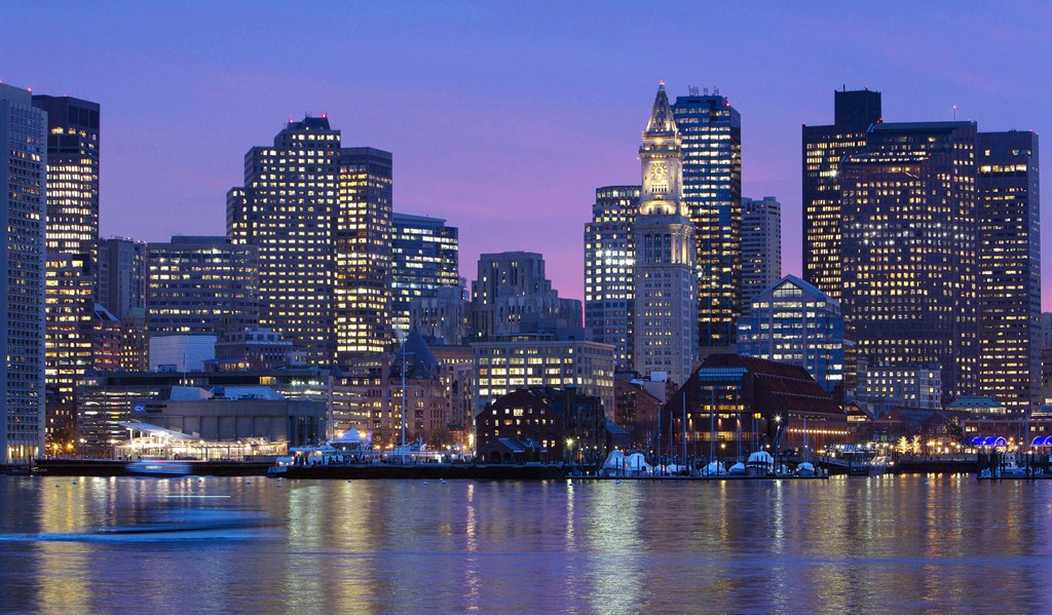The Boston Globe published a story today about the efforts of both the city and the state of Massachusetts to deal with the surge of migrants. How many migrants wind up in Massachusetts exactly? Well it turns out no one really knows:
“We just don’t know,” said Jeffrey Thielman, chief executive of the International Institute of New England.
The results of the several counts that have been conducted have varied — and none has claimed to be definitive. Then-Governor Charlie Baker wrote in an October letter to the Biden administration that “Massachusetts-based resettlement agencies” had served more than 4,000 migrants in federalfiscal year 2022. But that count excluded thousands of migrants served by other types of nonprofits.
A Globe review the same month, found that no fewer than11,000 migrants had reached the state in the past year.
In Boston, the epicenter of the state’s migration influx, officials say they too have beenunable to pinpoint a number of migrants coming to the city.
In addition to not knowing how many people have already arrived the city and the state have no idea how many more people to expect this year. Will it be more than last year or about the same? There’s no way to know because policies at the source are in flux. Toward the end of the story there’s a kind of primer on how the current system works. I found myself wondering if Boston Globe readers have ever heard this before:
…the problem seems to originate at the US southern border where many of the migrants who ultimately reach Massachusetts enter the country. There, thousands of migrants a day cross the Rio Grande without authorization and turn themselves in to federal authorities. Some make asylum claims and then live in the country while their cases proceed. Others are released “under their own recognizance,” in the federal government’s parlance, to fend for themselves while fighting deportation proceedings.
The federal government does not keep complete records of where the migrants go after they are released.
As they disperse across the country — usually by bus or plane — the burden of caring for them often falls on state and local governments.
It’s a good primer for those who know absolutely nothing about what’s happening. But there’s obviously a lot more that could be said. For instance, maybe a mention of the fact that those who claim asylum are mostly economic migrants who aren’t eligible. Or the fact that, on average, it takes seven years for those determinations to be made by a judge, by which time the migrants have a life here and mostly never leave.
Most of all it would be nice if the author pointed out that whatever the total number of migrants who showed up in Massachusetts last year (say it was 11,000) that’s not even two days worth of the total number crossing the southern border right now. In fact, we apparently just set an all time record for migrant encounters in December.
The number of migrant encounters at the besieged southern border exceeded 250,000 in December, marking the first time on record that encounters have reached that level, multiple sources tell Fox News.
Customs and Border Protection (CBP) sources told Fox the numbers for southern border migrant encounters are above 250,000 for December, which would be even higher than 2022’s peak — which came in May when numbers hit 241,136.
That means that last month we were averaging around 8,000 per day. So if Boston and Massachusetts are struggling to deal with 11,000 migrants, what do the residents of the state and city think is happening in Texas and Arizona right now? My guess is most of them have no idea and I’m not sure that readers of the Boston Globe will ever find out. Gov. Abbott should send more buses to Boston. Then maybe some of the people there will have to think about it beyond their own narrow window on the problem.







Join the conversation as a VIP Member